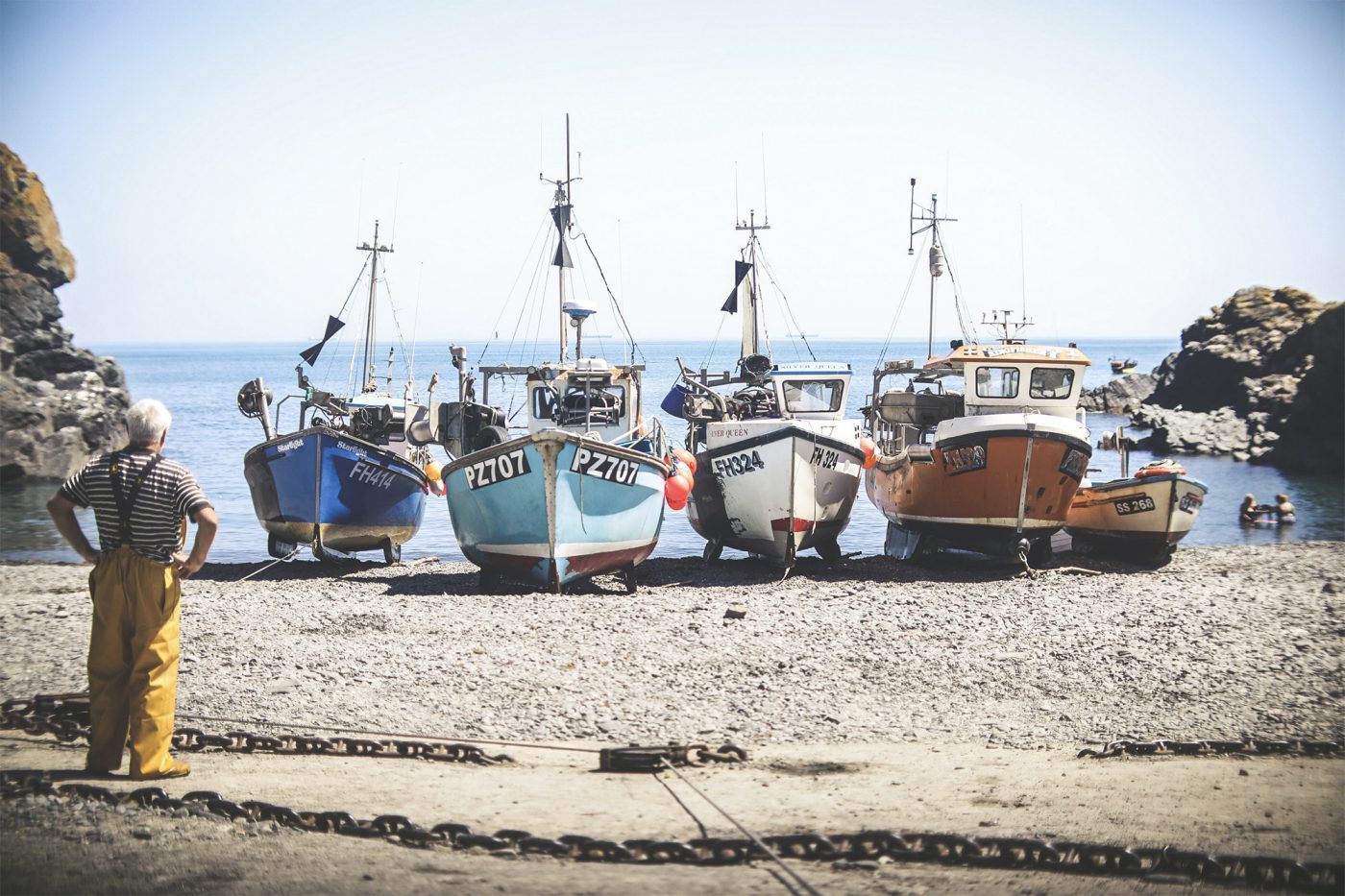4 January 2011
It is a bald reality these days that, in making fisheries legislation, ministers will rarely stray far from the scientific recommendations.
Whether this is an honourable commitment to use the best available knowledge, or a less admirable shield against criticism, is something that will vary from case to case. It does mean however that an enormous weight of responsibility falls on the shoulders of fisheries scientists, who in their more candid moments, will admit that in many cases the quality and strength of their assessments do not justify this level of confidence. In fact ICES admits that some 60% of their assessments do not meet their own internal criteria to gain the status of an “analytical assessment.”
This is dismal news for fisheries scientists, worse news for fishermen and also bad news for ministers who are only really comfortable when taking difficult decisions if they are backed by science. There is therefore a clear consensus that something needs to be done to address the data deficiencies that are often the root cause of weak assessments. At present the situation is getting worse not better.
It is for this reason that the North Sea RAC and the North West Waters RAC have proposed the idea of a regional task force, involving fishermen, fisheries scientists and fisheries managers from the member states, who will take the initiative to improve the quality of weak assessments. A meeting will be held in at the ICES headquarters in Copenhagen on the 27th and 28th January 2011, to set the wheels in motion. Identifying the data deficiencies in specific fisheries – and moving from there to put in place remedial measures – will be the main focus of the meeting. The fishing industry has a clear vested interest in improving the quality of assessments because the precautionary approach enshrined in the Commission’s policy approach to setting TACs means that quota proposals on stocks where the conservation status of the stock is unknown are invariably lower than if an analytical assessment was in place.
The process of improvement may not be rapid in its early stages but if we don’t make a start we will remain in a downward spiral. It is also important to stress that some fisheries may only just fall short of a full analytical assessment whilst others may have more deep rooted problems. This is why a fishery by fishery approach is necessary.
Whilst fisheries science partnerships of one kind or another have shown that collaborative initiatives can bring rapid improvements in the quality of assessments and lead directly to significant increases in the TACs ( as has certainly been the case with Area VII monkfish) this outcome cannot of course be guaranteed.
But this is not all a one way street with the industry providing better quality input data for scientists. ICES itself is currently questioning whether its data hungry assessment models are appropriate, or whether science and the fishing industry would be better served by simpler, less sophisticated models that would be more receptive to the types of data that the industry can provide. This may be a turning point for fisheries science and therefore for the industry that is so reliant on the scientist’s recommendations – and of course for ministers who like to have the shelter that science provides.

